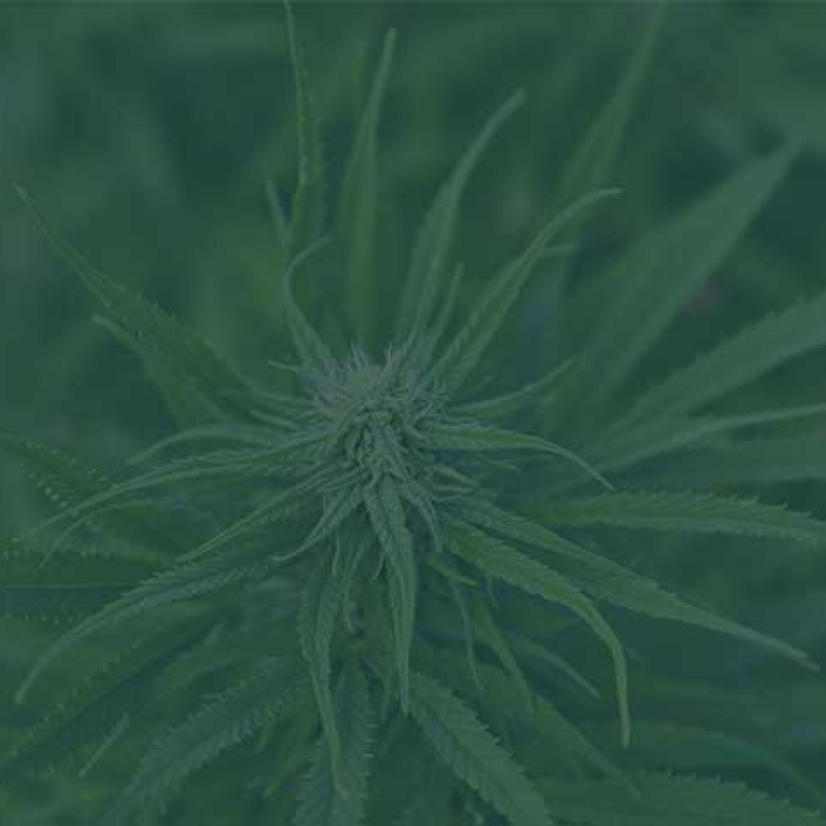Nature’s Perfect...
Why Hemp Oil Is the Most Balanced Plant-Based Omega Source When it comes to plant-based nutrition, balance is everything....
The construction industry is under growing pressure to adopt greener, healthier, and more sustainable materials. Traditional building products like concrete and fiberglass carry heavy environmental footprints, contributing to carbon emissions, energy consumption, and waste. Enter hempcrete—a bio-based, renewable building material that’s quickly gaining momentum as a smart alternative for eco-conscious builders and architects.
Hempcrete is a composite material made from the woody inner core of the hemp stalk (known as hemp hurds or shiv) mixed with a lime-based binder and water. Once combined, it forms a lightweight yet durable material that can be poured or packed into walls, floors, and roofs. Unlike traditional concrete, hempcrete is not used as a structural material but as an insulating and infill solution around a frame.
Hempcrete actively reduces carbon in the atmosphere. Hemp plants absorb significant amounts of CO₂ as they grow, and when combined with lime (which continues to carbonate over time), hempcrete locks that carbon away for the life of the building.
Hempcrete naturally regulates temperature and humidity. Its breathability creates healthier indoor air quality while reducing the need for artificial heating and cooling systems—translating to long-term energy savings.
Lime gives hempcrete impressive longevity. It is resistant to pests, mold, and fire, making it a safer and more resilient choice than many conventional materials.
Builders find hempcrete surprisingly easy to handle. It can be cast on-site, cut, and adjusted with minimal effort. Despite being lightweight, it provides strong thermal and acoustic insulation.
Walls: Hempcrete is most commonly used as wall infill between structural framing, replacing traditional insulation and drywall systems.
Floors & Roofs: It can also be applied to floors and roofs, improving energy efficiency throughout the building envelope.
Retrofits: Because of its breathability and insulating power, hempcrete is ideal for upgrading older buildings without trapping moisture.
As sustainability standards tighten and consumers demand healthier homes, hempcrete is moving from niche to mainstream. Builders are beginning to see it not only as an eco-friendly option but as a high-performance material that adds value to projects. With its carbon-negative profile, natural insulation, and durability, hempcrete has the power to redefine how we think about building materials.
Contact Colin@laketownmills.com for more information on your next building project!

